The Past Life Perspective
City Life takes a peek into a new form of therapy: taking a walk through our past lives.
The book arrived at a good time.
A month after my grandmother’s sudden passing, I found myself opening a package to find The Past Life Perspective: Discovering Your True Nature across Multiple Lifetimes — a title that instantly knotted my thoughts in a flurry of skepticism and fascination.
This is the reaction that Ann Barham is used to. Hers is an unorthodox stream of psychology, one that many people might even dub “new age,” but in this dazzling dawn of open minds and alternative methods of sourcing serenity, Barham’s expertise has found its niche. And with the release of The Past Life Perspective, that niche just might become the mainstream.
As I flip through the book, a third emotion wriggles its way into my mind: comfort. Maybe Barham is right. Maybe this isn’t our one and only lifetime here on this planet — and maybe my grandmother’s wasn’t her last.
And what do you think of all this? Have you ever experienced déjà vu and pondered the possibility of a past life seeping into your current consciousness? Or do you think “the past life perspective” is all poppycock? Read this excerpt* from Barham’s book, and perhaps you’ll discover your answer.
Kalinda described herself as having “relationship phobia,” fearing that she would never be able to be herself in a committed relationship and that she would be dominated by her spouse. Of course, these fears were somewhat consistent with her family’s modeling. She described her mother as insecure and “squashed by her husband and in-laws,” and described her father as the one who made all the decisions. Still, Kalinda’s fear was so strong that she believed that there was more to the story than her current life experience could account for.
She sees an angry face. “I’m a woman. I’m in a bedroom and a man is shaking me, yelling at me,” she describes with fear in her voice. “I’m afraid, but I’m stubborn. I won’t cry,” she insists. He pushes her and she hits a big brass pot, which falls over.
Apparently this man, her husband, is routinely abusive. “I’m holding myself, shutting out the abuse,” she says. The husband drinks and wastes all their money. She takes care of the house and has “no authority or decision making [power]about the money,” she explains indignantly. She identifies the location as northern India.
The next scene is a burning pyre. “I climb in!” she exclaims with horror. “My husband has died, so I’m supposed to join him in the pyre!” She wants desperately to escape this fate. “I hate him and I hate this tradition! I’m not afraid of the fire,” she explains, but remarks again on the amount of hatred she has for her husband. “This isn’t right! He was a mean, brutal man, and now I have to give my life for him?” She fights to avoid this terrible, untimely and meaningless end to an unhappy life.
Other people force her into the pyre, and her dying thoughts are of vengeance. “This should change,” she insists. “It’s better to be alone than live and die like this.”
Our psyches have self-protection mechanisms built in, and seeing the physical violence and death without having seen the more positive relationship might have only reinforced her fear of relationships. Having looked at the chain of events in the Indian lifetime, it was no wonder that Kalinda had carried forward her fear of being powerless and losing herself in a committed relationship. In that time and society, she was the helpless victim of her husband’s abuse, with no rights and no voice. In fact, the ultimate “loss of self” came when she had to give up her own life because her hated husband had died.
Kalinda mused that being back in the traditional Indian culture had undoubtedly reactivated issues from the abusive relationship. This is not at all unusual. We return to an area of the world, experience or event, or reach a similar age when something traumatic happened in a prior lifetime, and that reopens a Pandora’s box, so to speak, for the issue to resurface and be addressed. I used guided imagery with Kalinda whereby she went back into the events of that prior Indian lifetime, stopped that abuse, destroyed the house where it happened, and walked away with the full support of her family.










































































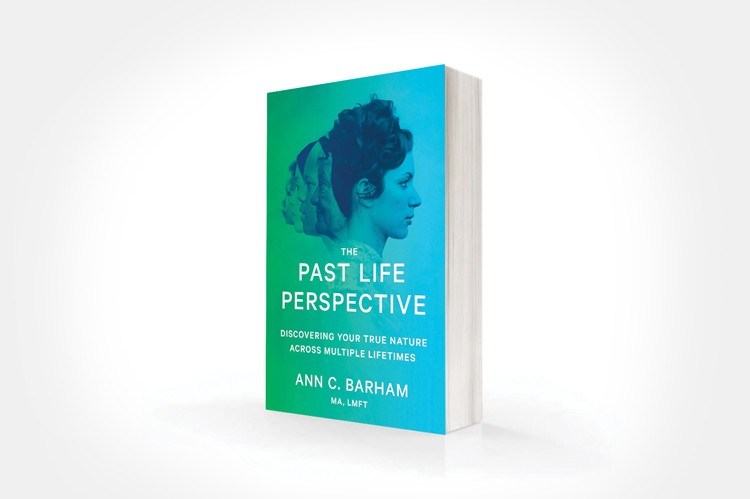
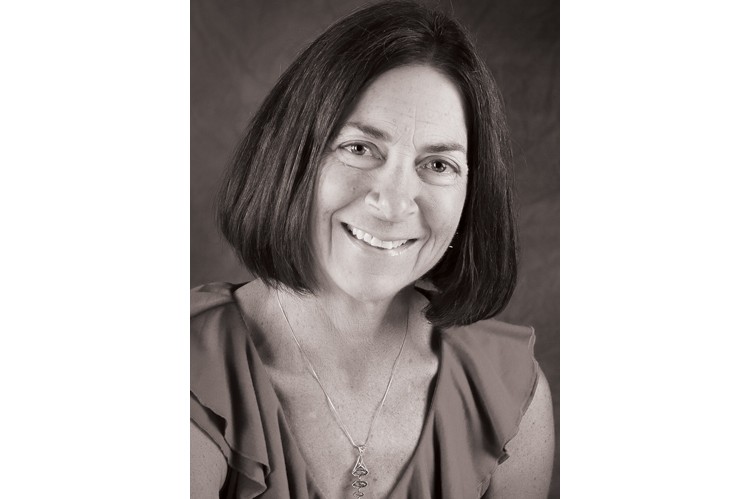
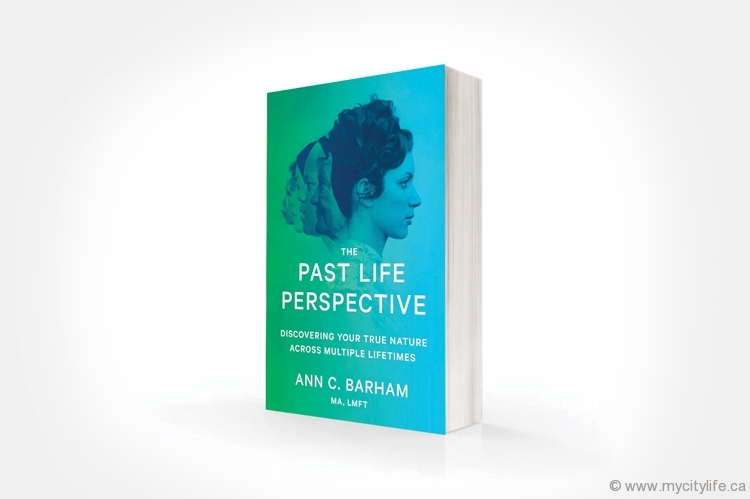


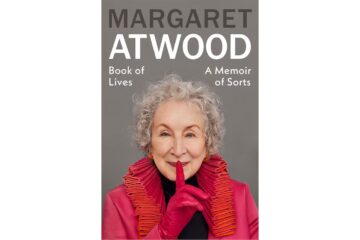
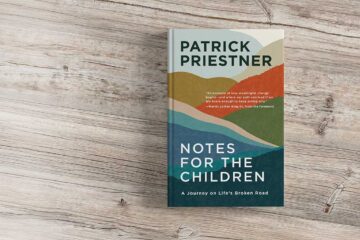


No Comment